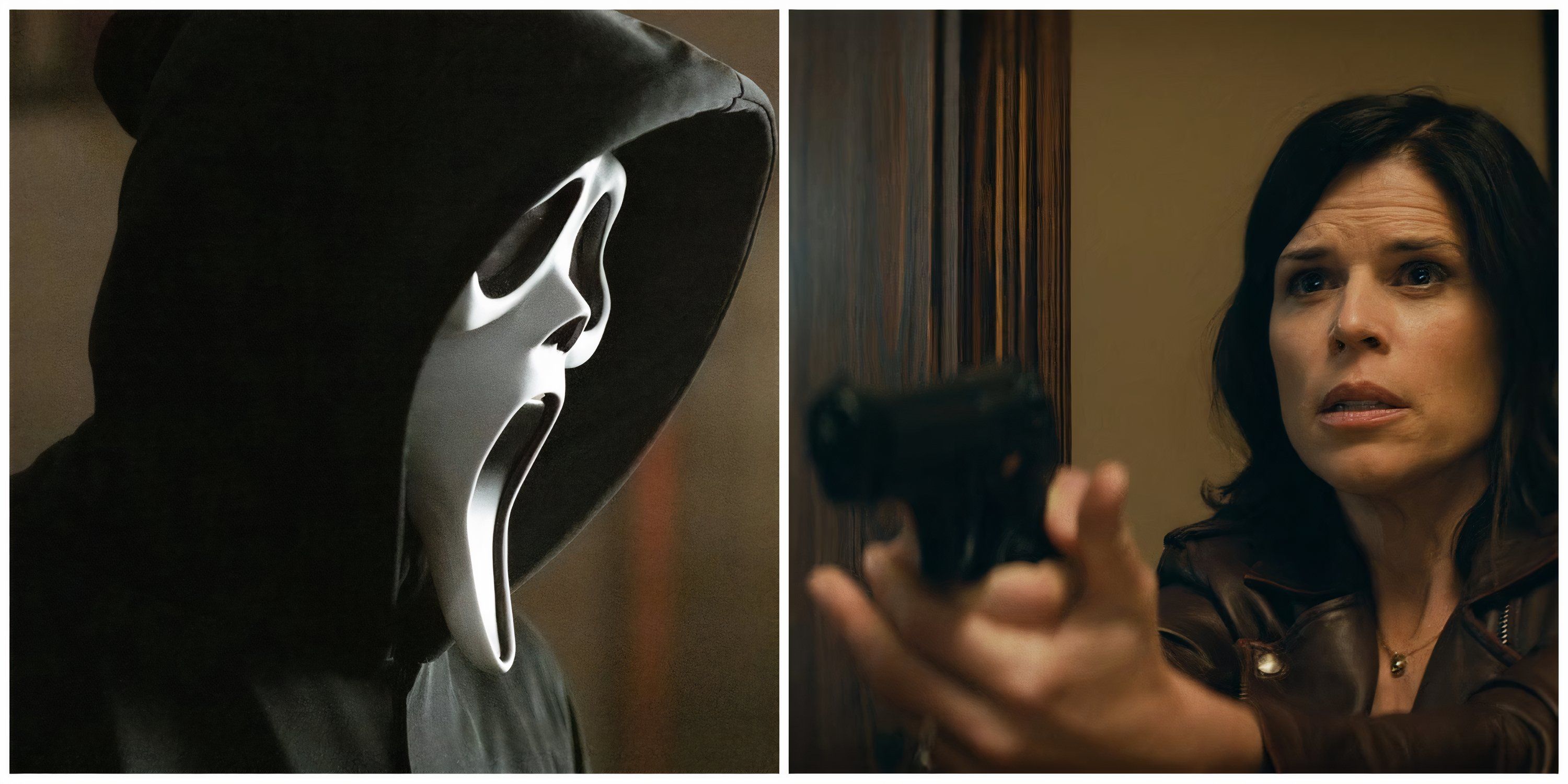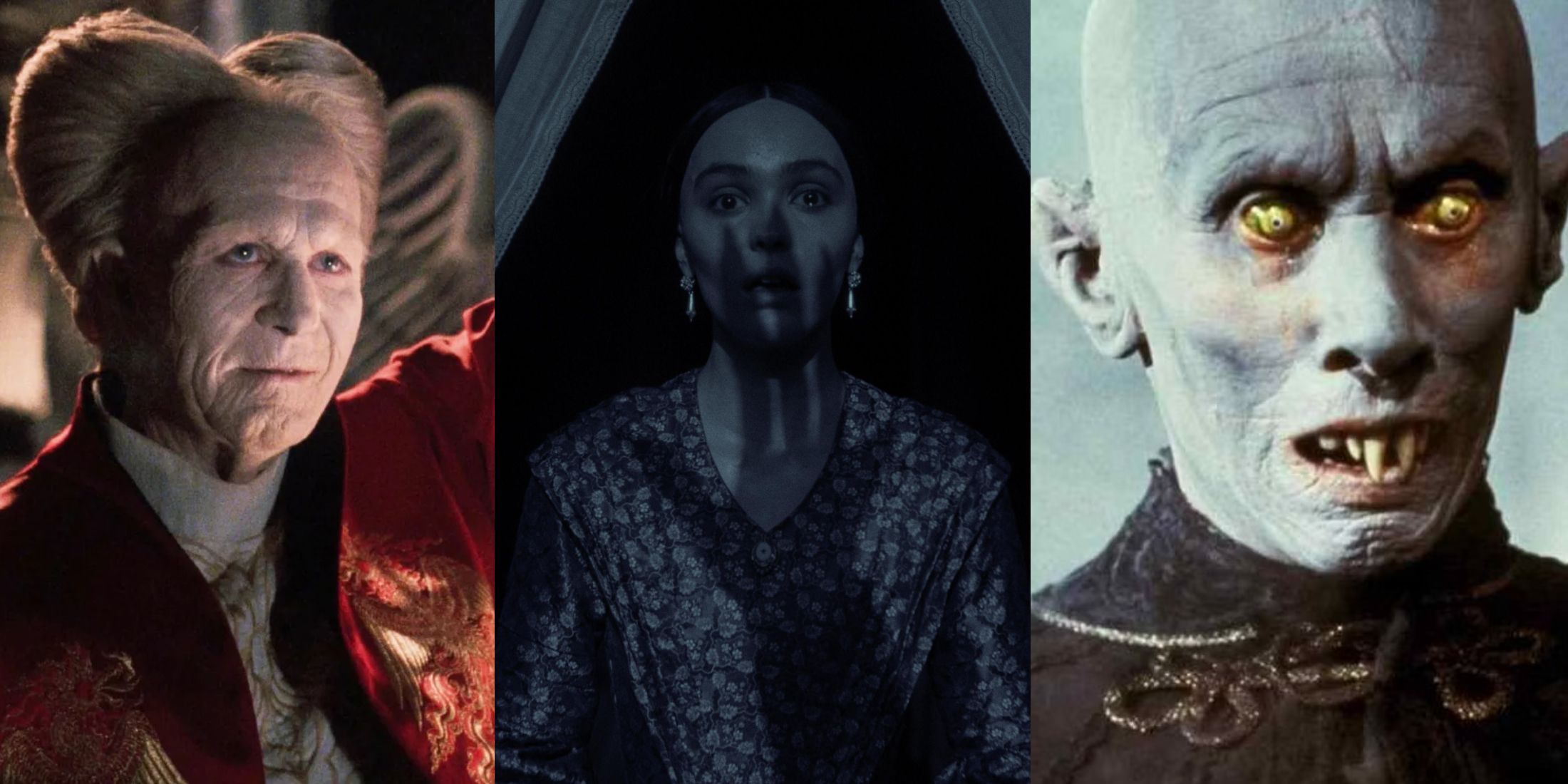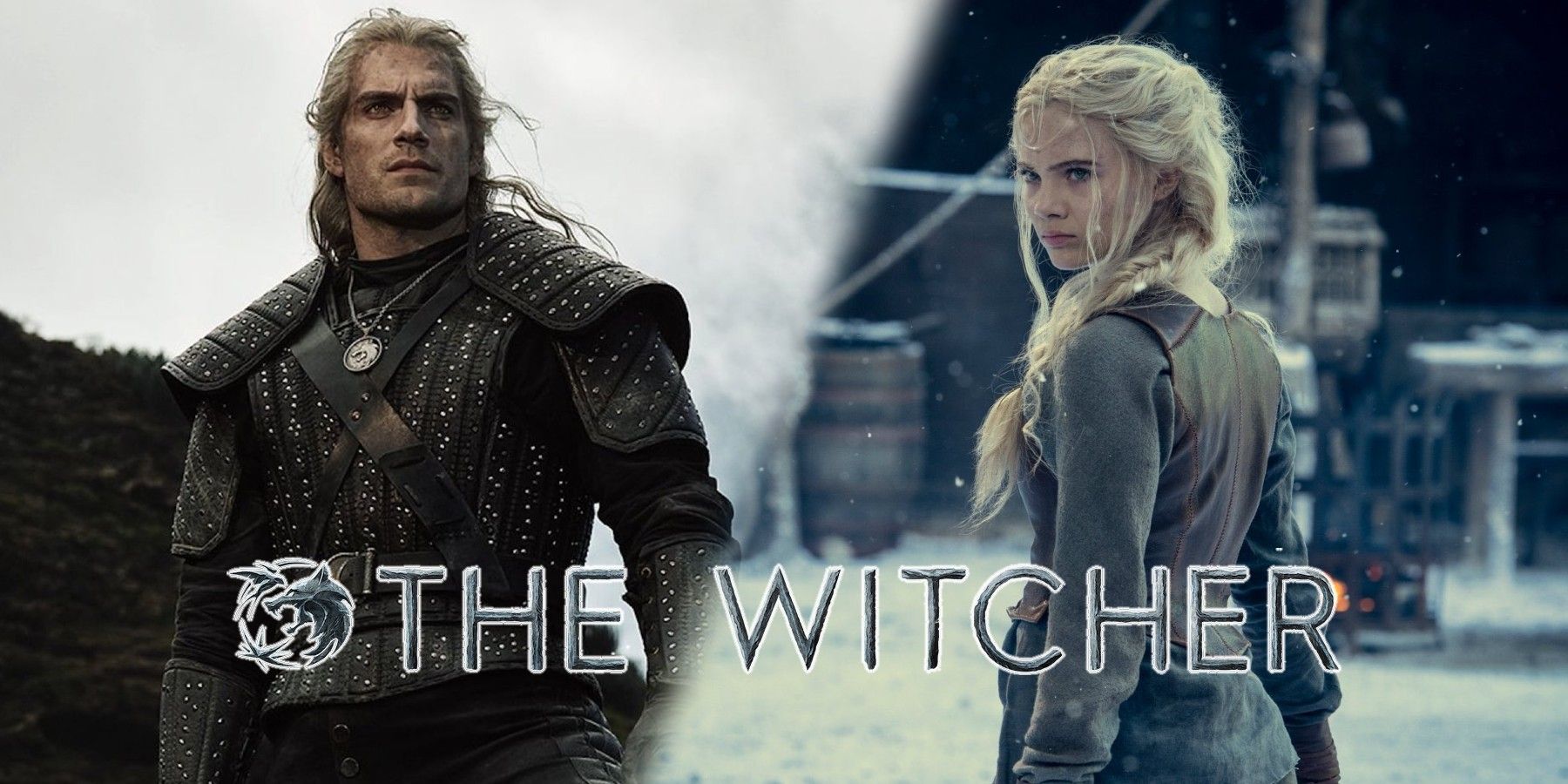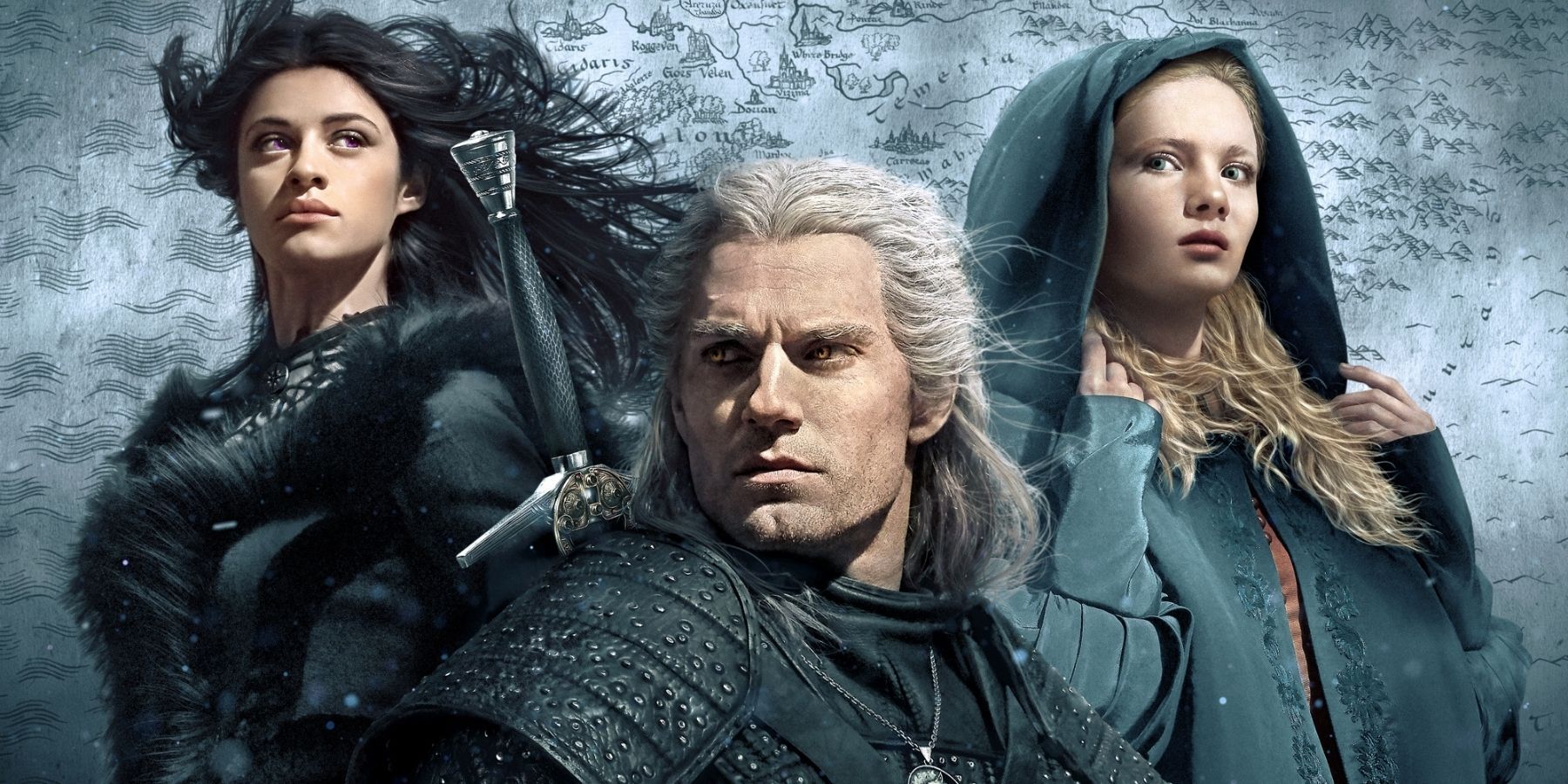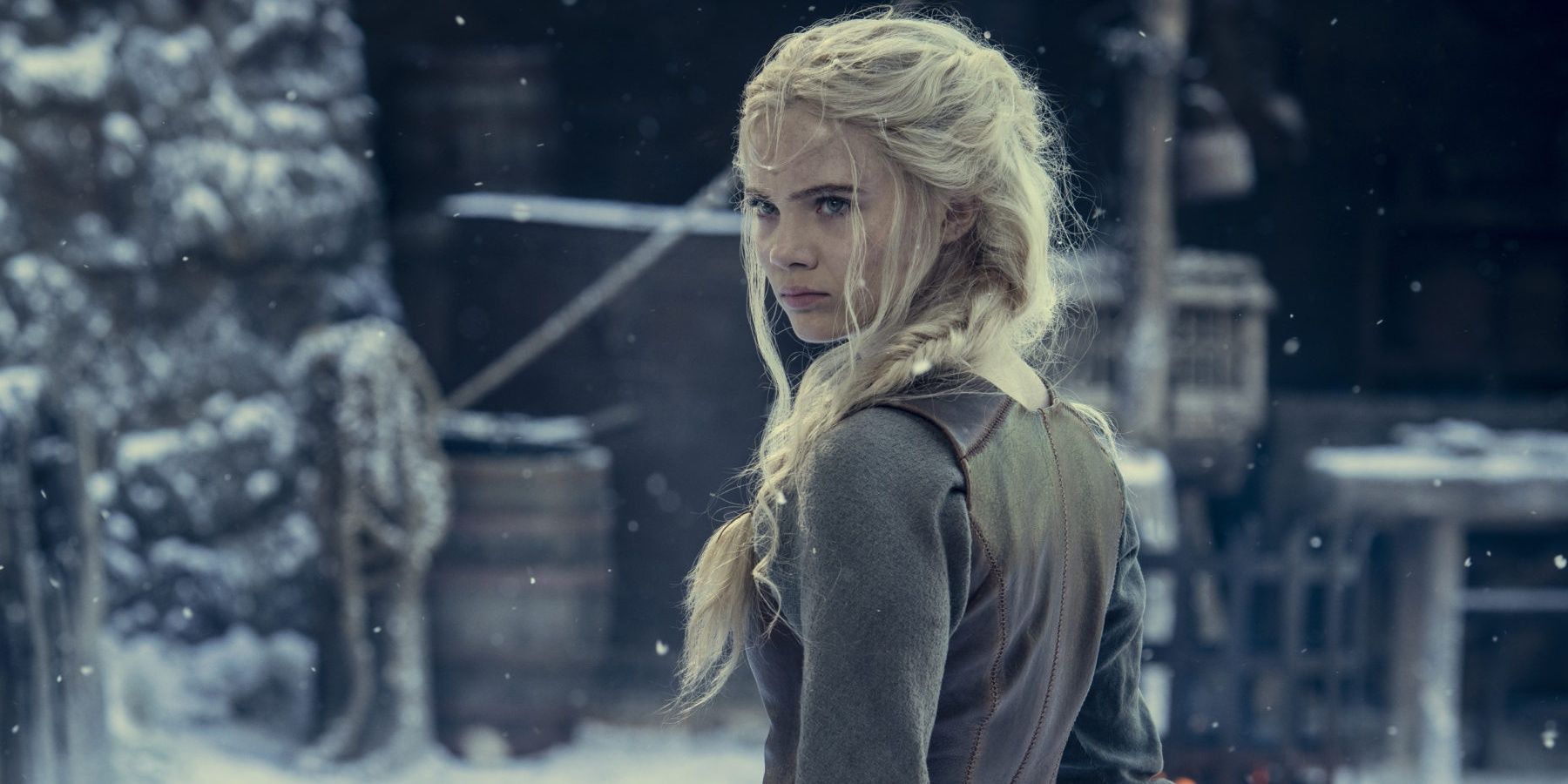Netflix’s The Witcher debuted in late 2019 to unprecedented success, igniting a cultural frenzy and effectively confirming the commercial viability of high fantasy for mainstream audiences. Despite the popularity of the games, and the books that spawned them, the Netflix adaptation was, for many viewers, their first introduction to the franchise, spurring renewed interest in both the games and the books that inspired them.
For those who felt compelled to catch up, The Witcher 3: Wild Hunt would prove amply satisfying; the same, unfortunately, cannot be said of the original book series. While long-time fans of the books have been very vocal about their disappointment over changes made in the Netflix show, critical analysis of these changes reveals that they were actually necessary to the show’s success.
Polish author Andrzej Sapkowski published eight books about the titular Witcher, Geralt of Rivia (played in the show by Henry Cavill) over the course of the 1990s, with a ninth, standalone adventure, added to the saga in 2013. The books have since sold more than 15 million copies; while this figure is nothing to sneeze at, it pales in comparison to staples of the genre, such as The Lord of the Rings (150 million copies) and The Wheel of Time (90 million copies)—or, notably, A Song of Ice and Fire (90 million copies).
More popular were CD Projekt Red’s three games based on the books, which have sold more than 50 million copies. Although some of The Witcher 3's recent success has been driven in part by the Netflix adaptation, it is worth noting that the series had already sold more than 25 million copies before the show was even released. Of course, it is difficult to compare these kinds of numbers across media, but the relative success of the Witcher games provides a helpful guideline: like the Netflix show, the games succeeded because they minimized what was weak in the source material, and amplified what was strong.
First and foremost, the books have a problem with women, including Geralt’s ward and the show’s tertiary protagonist, Princess Cirilla of Cintra (played in the show by Freya Allen). Much of Ciri’s story has not yet been told, but already she has proven to be a more authentic, more well-rounded main character than the uneven and agency-deprived child of the books. Plenty of fans were disappointed that the first meeting between Ciri and Geralt, in Brokilon Forest, was omitted, but that story does very little to characterize Ciri (beyond dialogue that is too young for her ostensible ten years), and it serves mainly to discuss Geralt’s discomfort with the dryads, whom he has dealt with before. Ciri’s story goes on to be riddled with issues, but most of them occur later in the books, and cannot be discussed without spoilers.
A similar disservice is done to Yennefer (played in the show by Anya Chalotra)—also elevated to the role of protagonist, but without real empathy for her perspective as a woman. The Netflix show took time to characterize Yennefer, giving her a solid arc that involved real growth, whereas the books never deviate far from her basic character notes of spiteful and stubborn. A perfect example of this is the first meeting between Geralt and Yennefer, as described in the story/episode, “The Last Wish”. In the show, Yennefer does not hear Geralt wish for them to be linked by fate, and she discovers only later, when she reacts with reasonable feelings of frustration at having her agency stripped away. In the book, she does hear the wish, and she feels nothing but servile gratitude—a reaction that feels unrealistic to any viewer accustomed to seeing villains ‘save’ women by taking away their power.
The problems the books have with women are deeply entrenched, extending even to the small details of monster plots. The book version of “A Grain of Truth” still positions Nivellen as a sympathetic beast after he has revealed that he raped the priestess; in the show, Geralt and Ciri reject him, disgusted, when he reveals the same. Many redditors have complained, too, about the appearance of Foltest—in the book, a young king in his prime, respectable in both appearance and action—despite the ambiguous power dynamics implied by his incestuous relationship with his sister. On the other hand, a reader of the books would have a hard time ascribing any particular trait besides “thirsty” to game-favorite sorceress Triss (played in the show by Anna Shaffer), but the show, like the game, makes some effort to give her internal motivations and external characteristics.
Taken altogether, these small details underscore an issue with the books—but not their only issue. The plot and pacing of the books also leaves much to be desired, shortcomings which necessitated much bigger changes in The Witcher season two. Any reader who opened the books expecting a story of found family or magical worldbuilding would be sorely disappointed: the books are about an aging father searching for his lost daughter (and for his estranged lover, whose plot mainly consists of the continual threat of rape), trying to navigate a world in which magic is fading—in which he is fading, along with it. It is a story of loss, grief, and powerlessness. At best, the story is compelling, but at worst, it drags endlessly through the political machinations of characters who are unrelated to the three protagonists, and who are building a world that is distinctly less magical than the one being demolished.
Any resonance this political intrigue story might have is strongly undermined by the fact that it remains unfinished when the story ends, without any clear markers pointing to its eventual resolution. The reader is given no reason to invest in the political players (who also lack development beyond basic characterization), as their story often contributes very little to the plots of the main characters. The games succeeded by filtering these political subplots through Geralt, but the books treat them as worthy stories in their own right…which they are not. Similarly, the show has not entirely ignored this aspect of the story, but it has also not foregrounded it thus far—a wise choice in a multi-focal ensemble drama, which has already proven to be a tricky format for television audiences. TV shows live or die based on their characters, and spending too much time on characters like Djikstra or Maeve (or Foltest) would make the story drag—a weakness which does not lose readers as it does viewers.
Season two featured perhaps the most interesting change, delivered through Istredd (who is not half as likable in the books as he is in the show). The revelation that Ciri can pass between worlds was not news to game fans, but it was presented in the show as an area of potential worldbuilding (well, “worlds”-building), rather than a convenient plot device (actually, it is still not clear what purpose Ciri’s power serves in the books). The books are about grief and loss, but the reader is given no catharsis and no chance to escape from that loss, as the entire magical world is what is being lost. Through the monolith plot, Netflix’s The Witcher has offered audiences something more: some chance for the world to expand—to generate new monsters, maybe even to find a use for Ciri’s powers. This is not a world of dying magic; it is a world of changing magic, and that is a much more interesting story, with more potential to reward viewers.
Speaking at London Comic-Con in 2019, showrunner Lauren Schmidt Hissrich revealed that she initially wanted to frame the story through Ciri’s perspective—an idea which was ultimately scrapped, as it did not feature enough of Geralt. Hissrich has been quite vocal about paying sincere and minute attention to the previous iterations of The Witcher (careful viewers will observe that even the landscape at the end of the show’s second episode includes specific flora from the game), and there is no reason to think that her changes to the story have been due to oversight. Moreover, given the show’s tremendous success, those changes seem not to have run afoul of mainstream audiences. As Ciri’s story becomes more complicated, it may be worth sacrificing the satisfaction of book fans to continue to do Ciri (and Yennefer—even Geralt) justice. If Hissrich stays the course, The Witcher will likely find plenty of other, new fans willing to toss a coin in their place.


